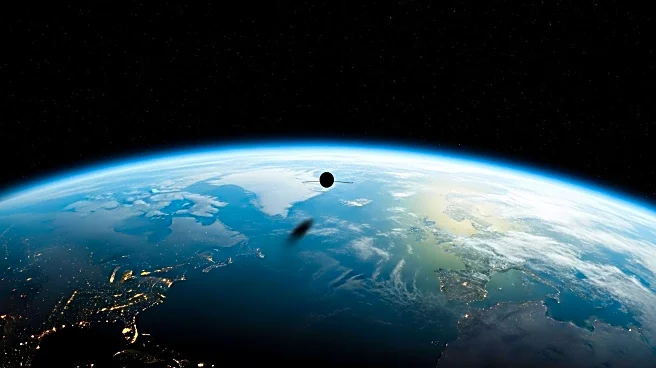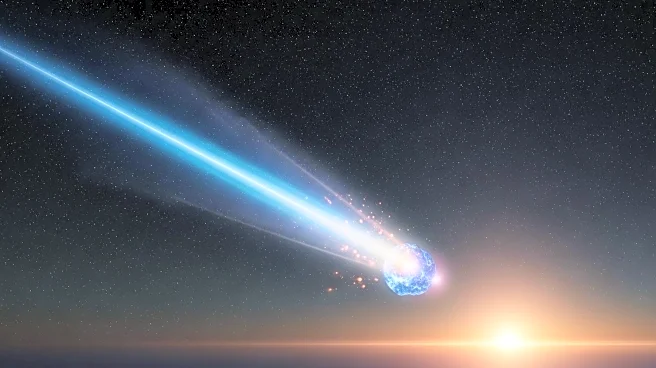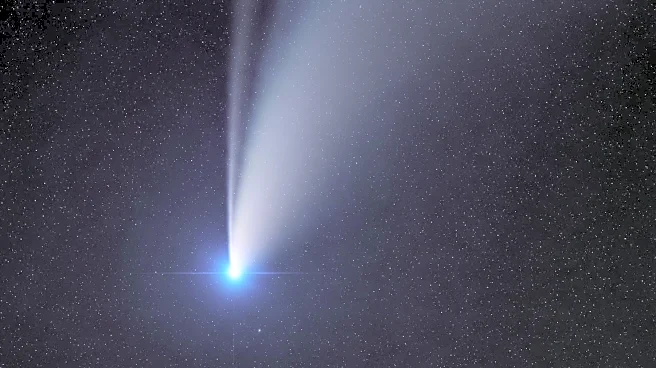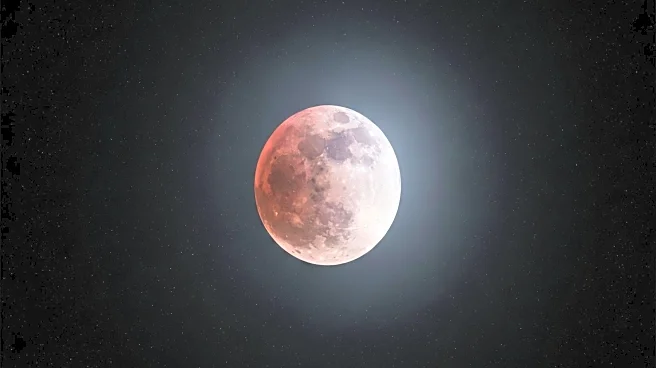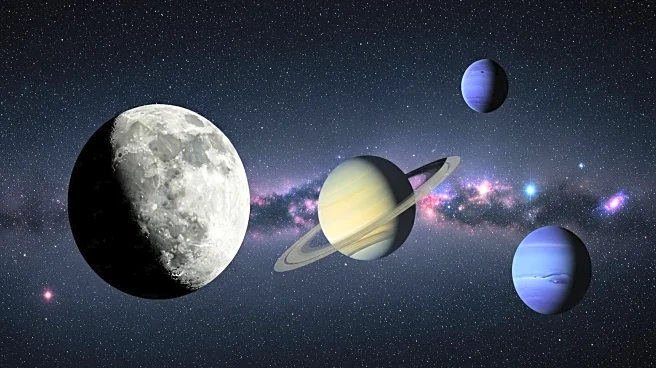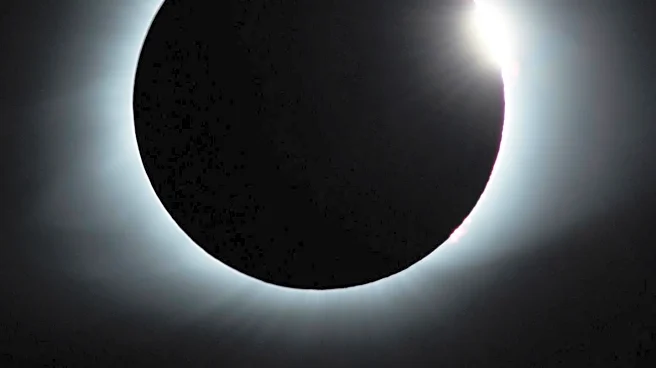What's Happening?
Astronomers have identified a quasi-moon named 2025 PN7, which has been orbiting Earth for approximately 60 years. Detected by the Pan-STARRS observatory in Hawaii, this near-Earth asteroid is part of a select group of quasi-satellites that share Earth's orbit around the Sun. Unlike mini-moons, which are temporarily captured by Earth's gravity, quasi-moons maintain a stable orbit influenced by Earth's gravitational pull without being directly captured. 2025 PN7 is located in the constellation Piscis Austrinus and measures about 62 feet in diameter.
Why It's Important?
The discovery of 2025 PN7 enhances our understanding of near-Earth objects and their interactions with Earth's gravitational field. Quasi-moons like 2025 PN7 offer insights into the dynamics of celestial bodies in Earth's vicinity, which is crucial for space navigation and potential asteroid mining. Understanding these objects can also aid in planetary defense strategies, as they provide data on the behavior and trajectory of asteroids that could pose a threat to Earth.
What's Next?
Researchers will continue to monitor 2025 PN7's orbit to predict its future path and interactions with Earth. This ongoing observation may lead to further discoveries of similar quasi-moons, expanding our knowledge of Earth's orbital companions. The data collected could inform future space missions aimed at studying or utilizing near-Earth asteroids.
